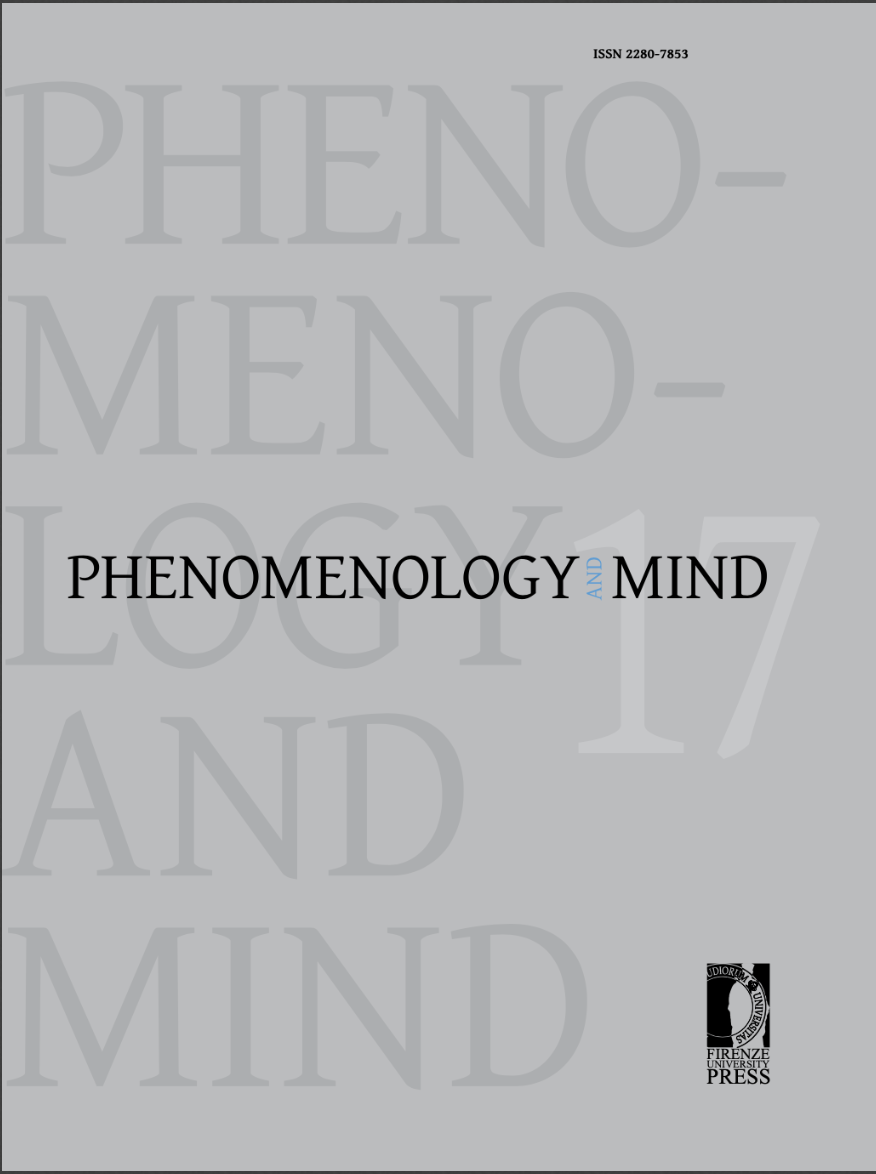Published 2017-01-04
Keywords
- affectivity,
- primary intersubjectivity,
- distributed cognition,
- extended emotions
How to Cite
Abstract
I discuss the primordial affectivity approach (Colombetti 2014) and the extended emotions theory (Krueger 2014, Slaby 2014, Candiotto 2015, Carter et al. 2016) in order to propose a novel account of “extended affectivity” (EA) as the cognition of primary intersubjectivity (EACPI). I explain why the distributed cognition model is the more convenient to understand the collective and the subjective dimension of EA. The novelty of EACPI consists in the recognition of the protocognitive valence of the affectivity, referring to the work of Colwin Trevarthen (Trevarthen 1979; Trevarthen 2011), who has demonstrated the leading role of affectivity in the neonatal intersubjectivity in neurobiology.

